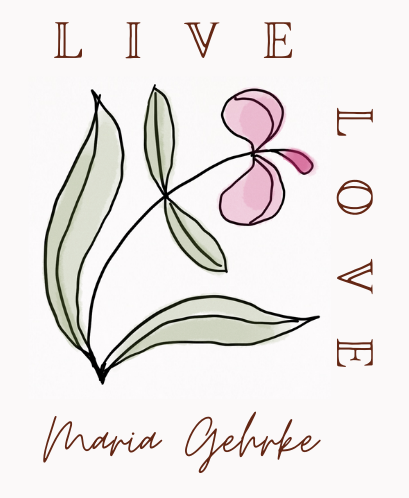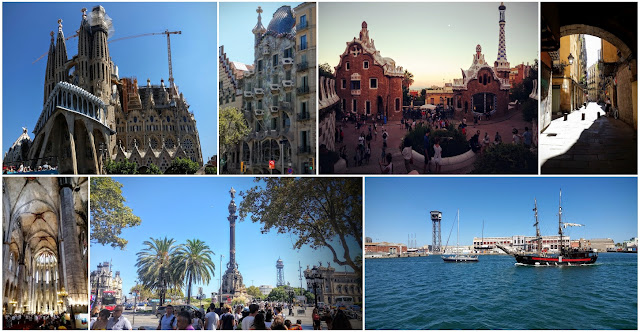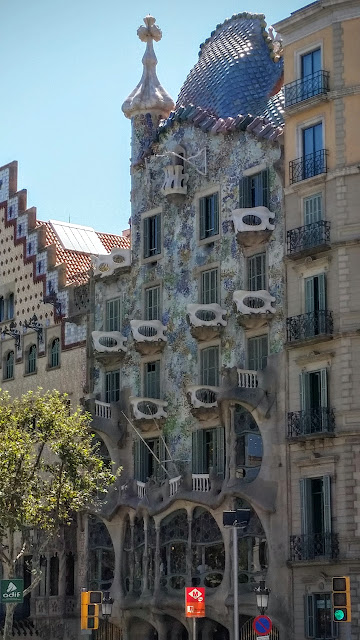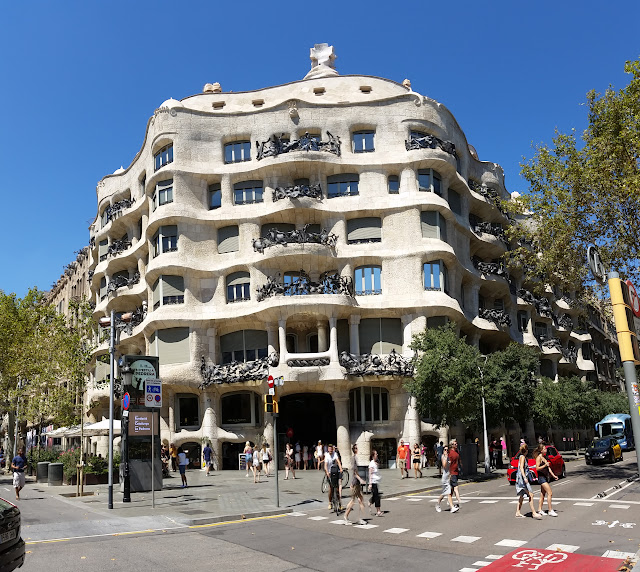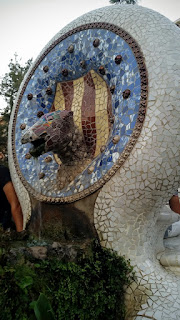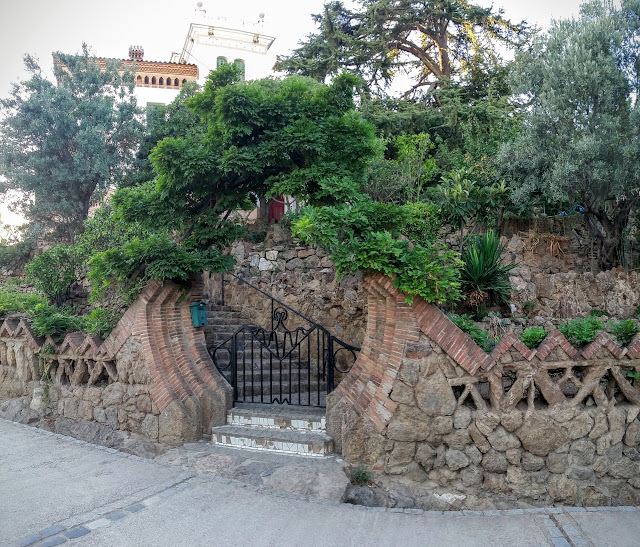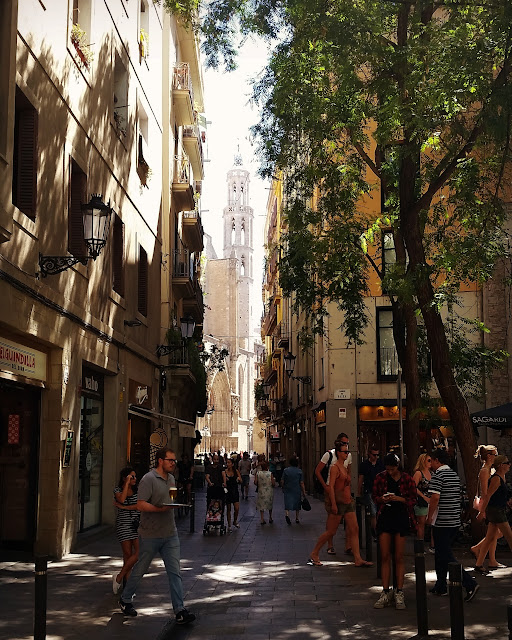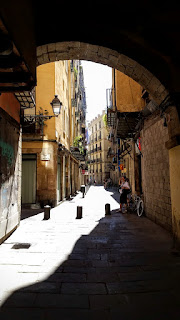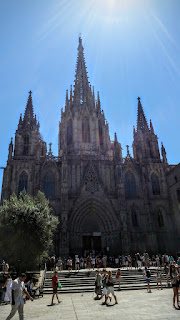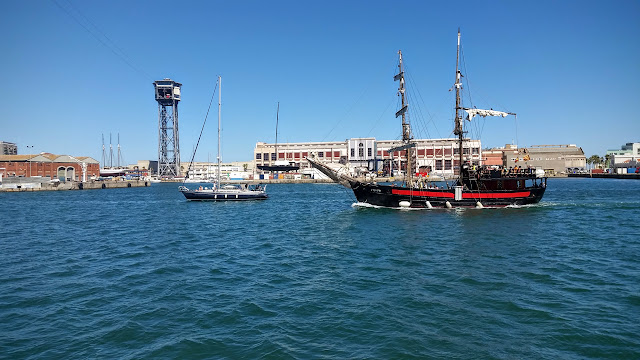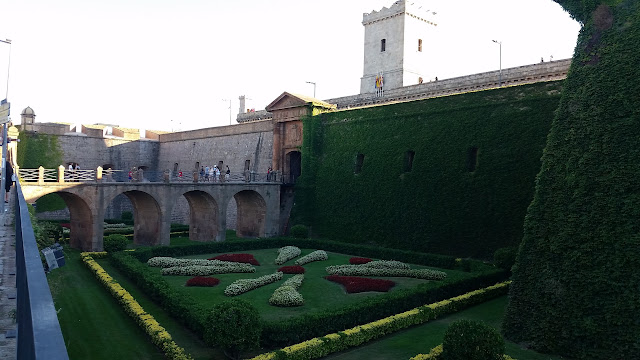This content has been archived. It may no longer be relevant
Finally, almost a month later, I am starting my series of posts about our trip to Spain. We went the last two weeks of August.
To start off, I want to mention a few things overall that I would have done differently or that I thought worked out very well.
Timing
- The prices for lodging etc. will be lower in off season.
- It won’t be as crowded. Many Europeans including the Spanish themselves do vacation in summer.
- Most importantly: it will not be so HOT. It was very hot and we had to do some sort of siesta due to that, which will take off a few hours out of you day. Luckily the Spanish are used to that and many things are open late, but it will be dark.
Transportation
Vacation Rentals
Gaudi Architecture
Sagrada Família
First we visited this large Roman Catholic church in a mixed style of Gothic and Art Nouveau. This project is still under construction and was only a quarter of the way at the time Gaudi died in 1926. No work was done until the 50s and is said to have had its half way point in 2010. Quite a project!
Casa Batlló
Casa Milà
Park Güell
After a little Siesta we visited the biggest collection of Gaudi architecture, the Park Güell. It is located on the Carmel hill and quite a climb to get up there in the heat. But it is absolutely worth your while. So many buildings in Gaudi’s typical style with tile mosaics or very nature like designs from his naturalist phase (first decade of the 20th century). It is all located in a nature park and just grand and impressive. We also experienced some nice Spanish street music in the park.
Gothic Quarter
The next day we were able to visit the beautiful narrow alleys and gorgeous architecture of the Gothic quarter. This was the old down town of Barcelona and has many Medieval and even Roman buildings from it’s time as a Roman settlement. There are many churches as well as the old Jewish quarter located in the area.
Harbor
We took a little boat tour of the port during which we could refresh and relax from all the walking.
Castle Montjuïc
Next stop was Montjuïc hill that can be reached via scenic cable car ride. There are many attractions on this hill like the Olympic village, but as it was getting late we were only able to quickly visit the castle Montjuïc, an old military fortress from the 17th century.
There were quite a few other things we wanted to see if we had more time. But it was time to move on down the east coast to Granada in Andalusia.
In the next post, I talk about that part of the trip:
Part 2: Spanish East Coast.
Part 3: Day Trips
